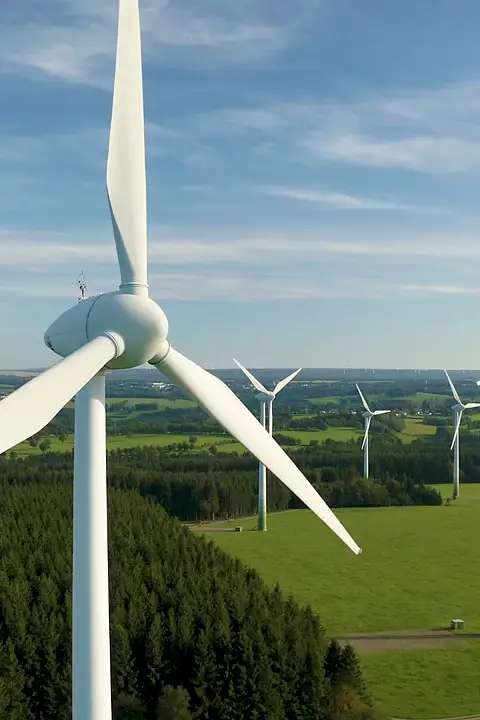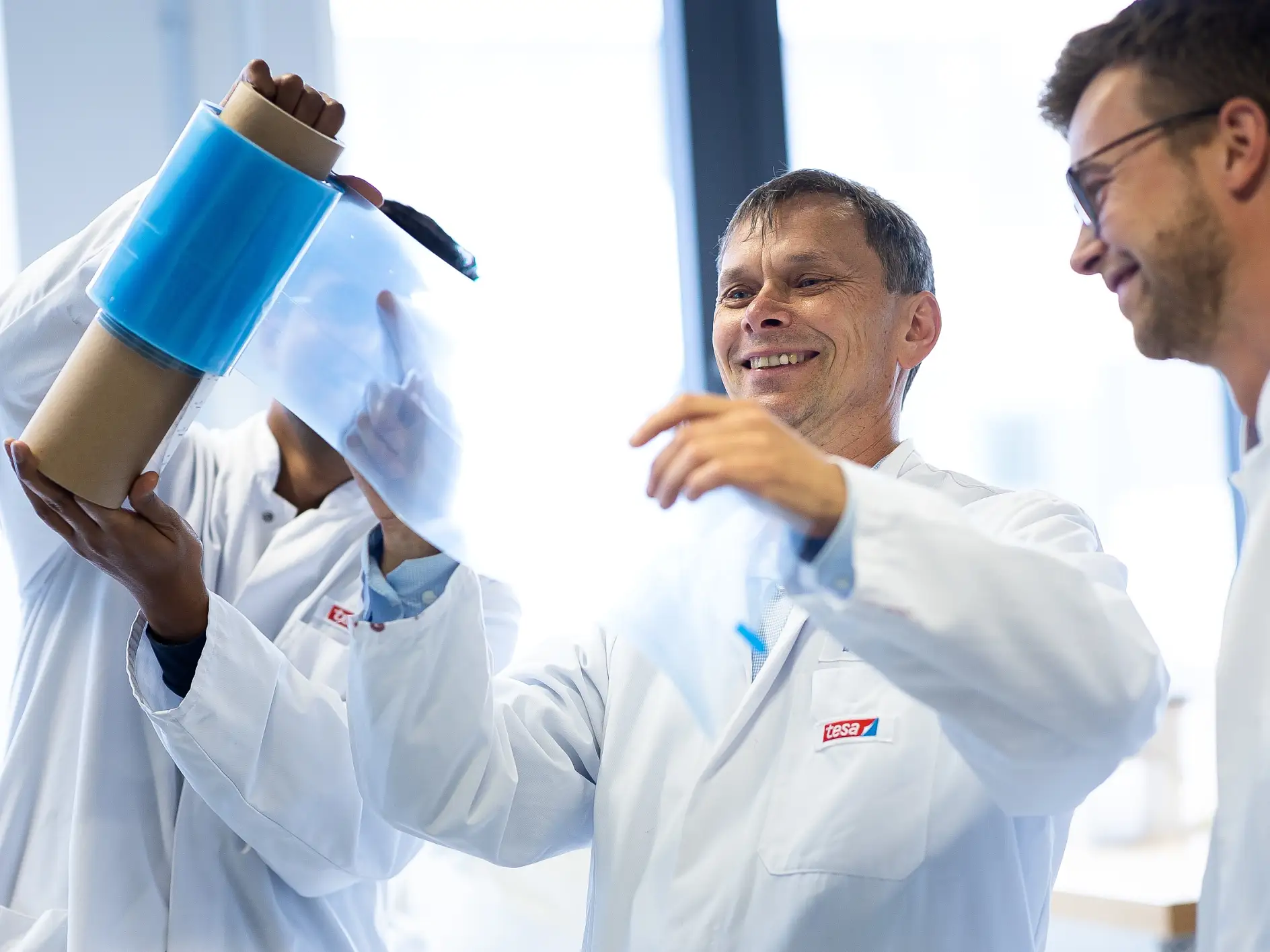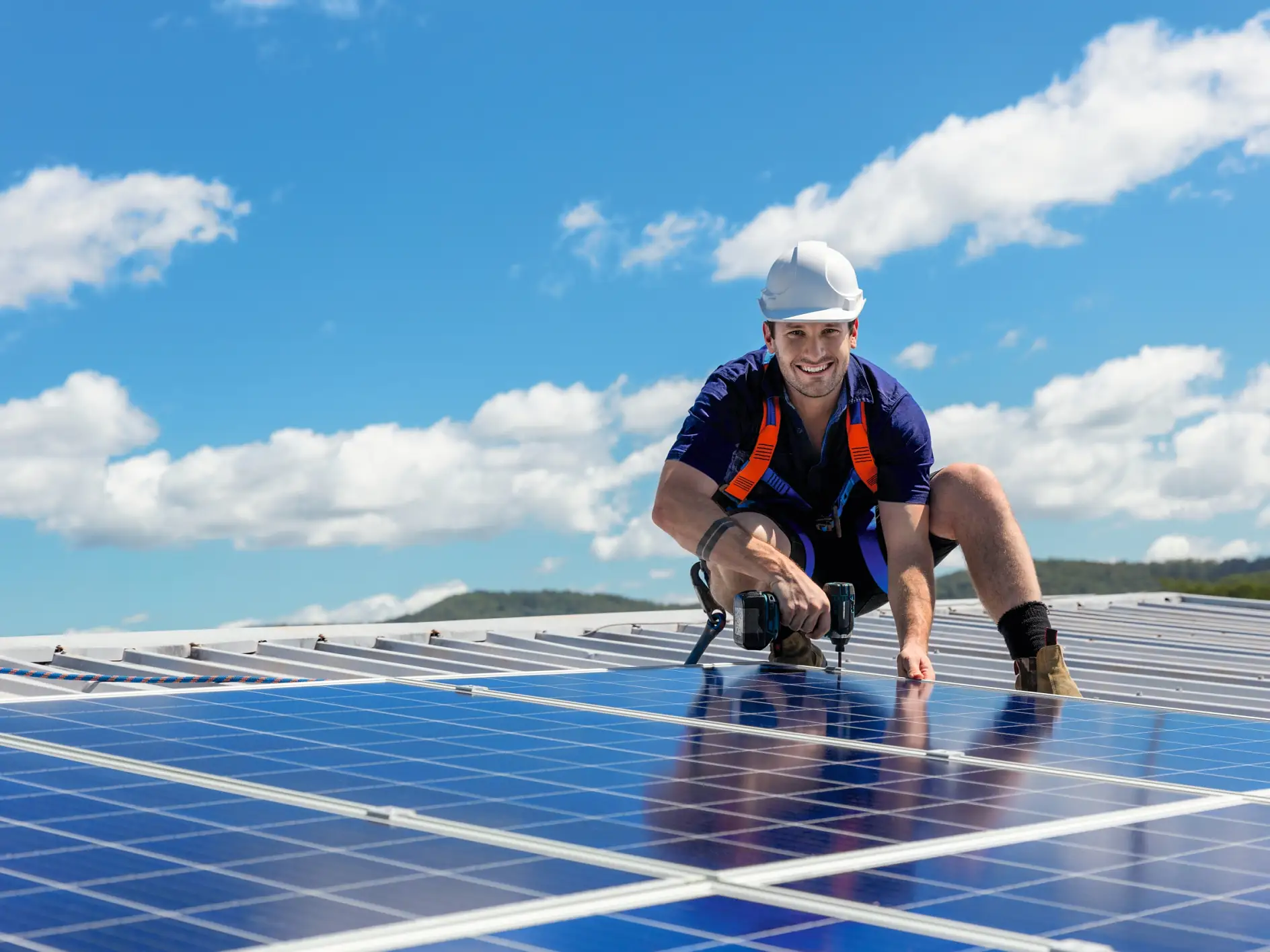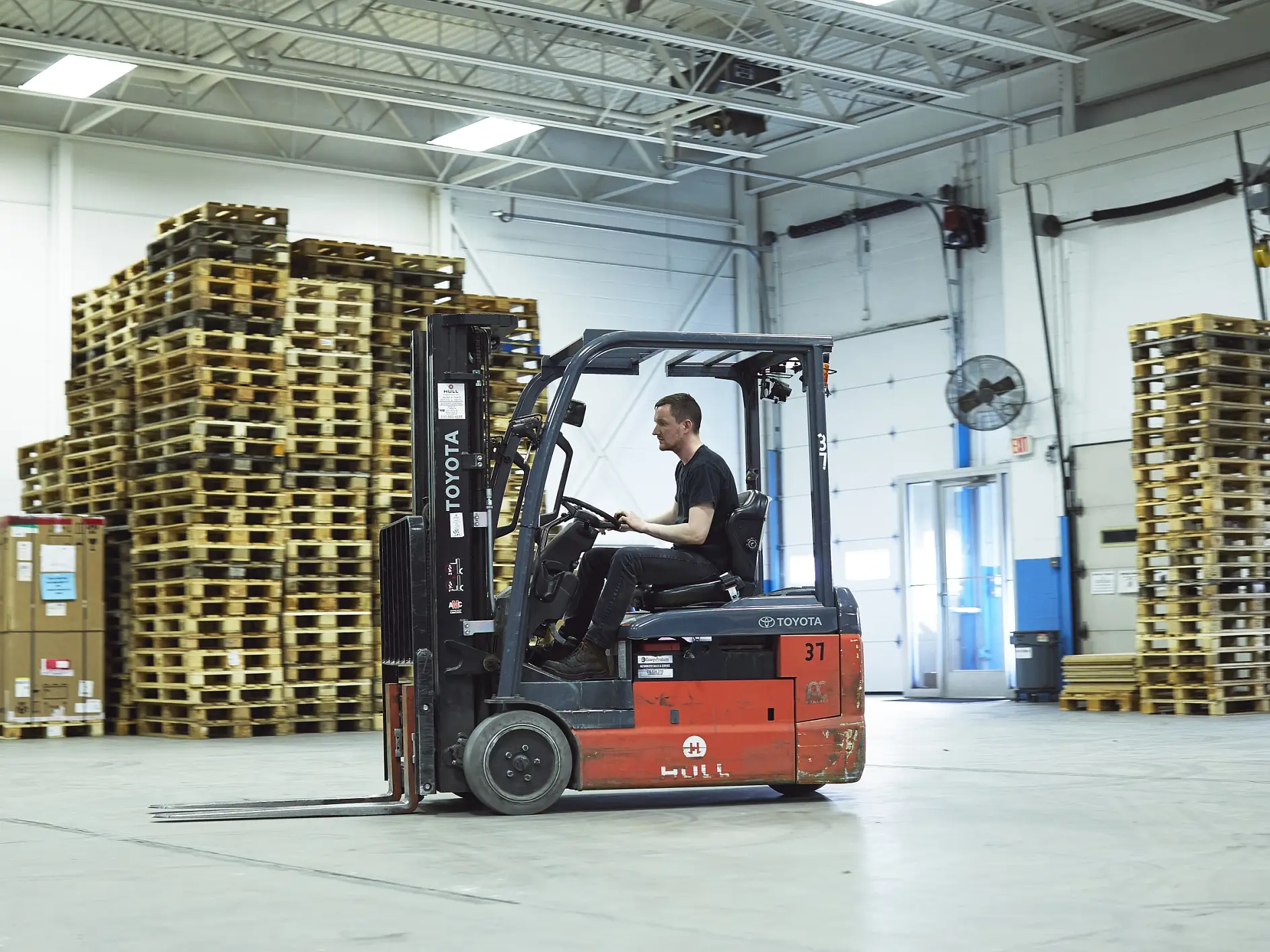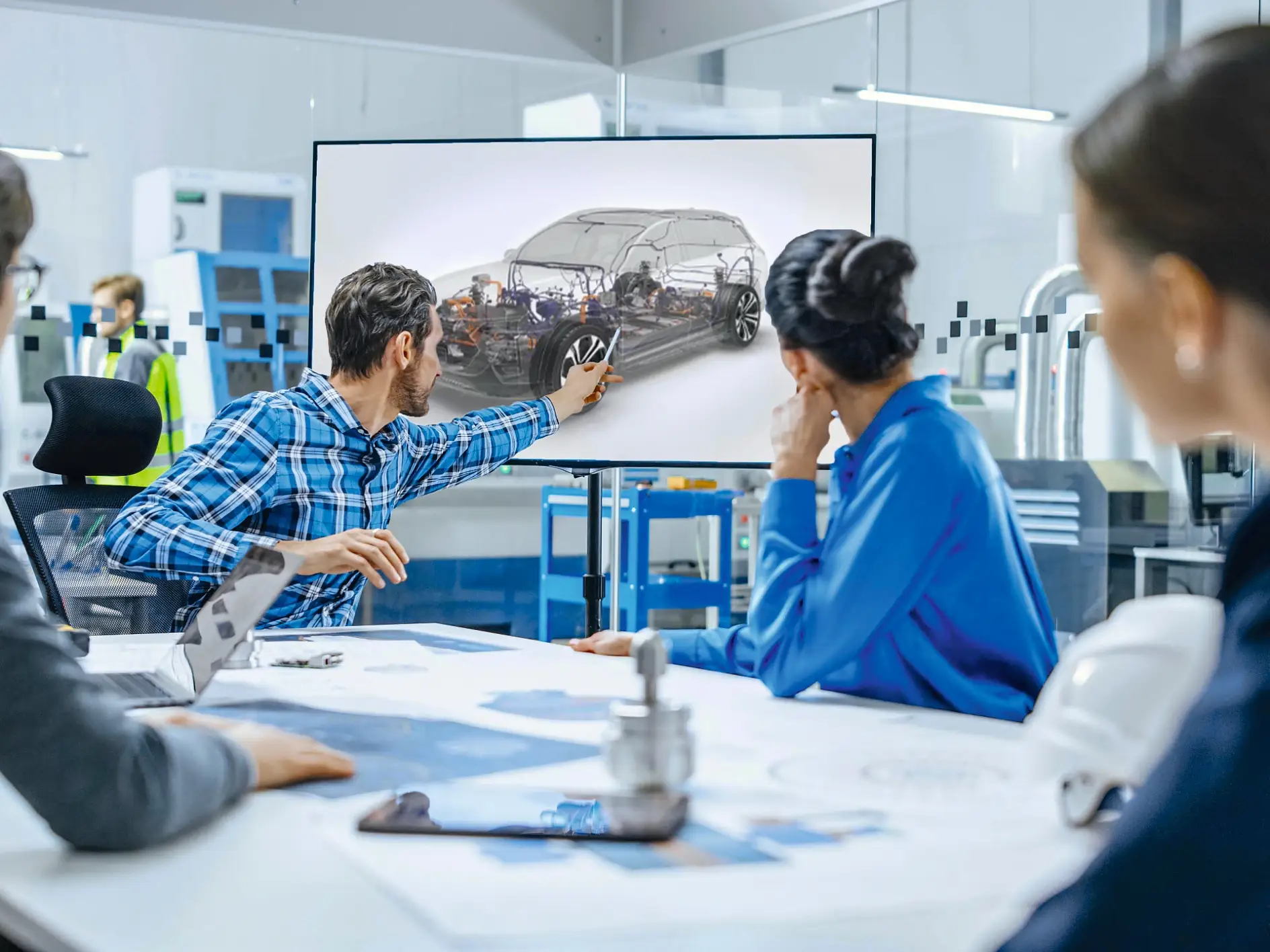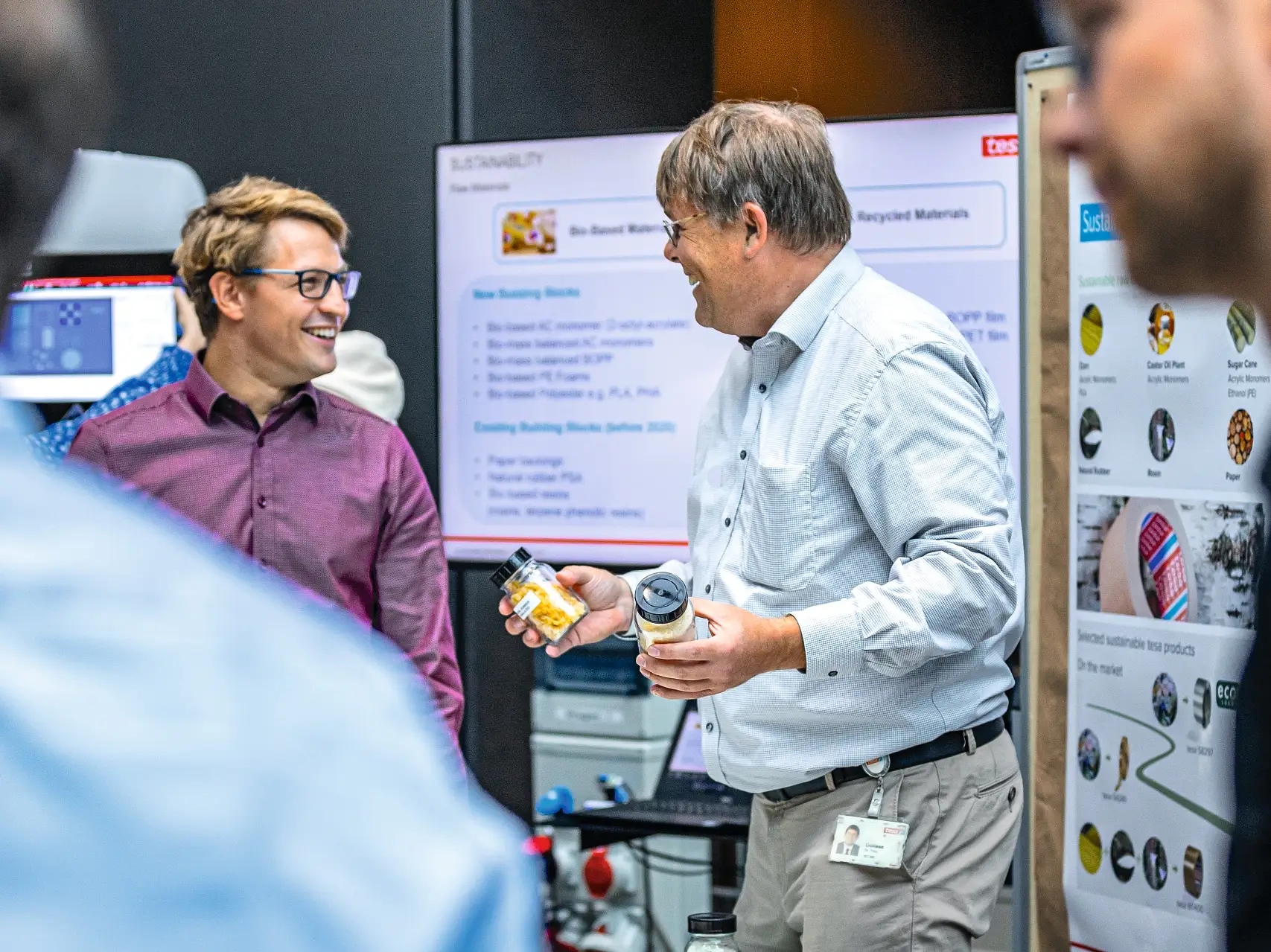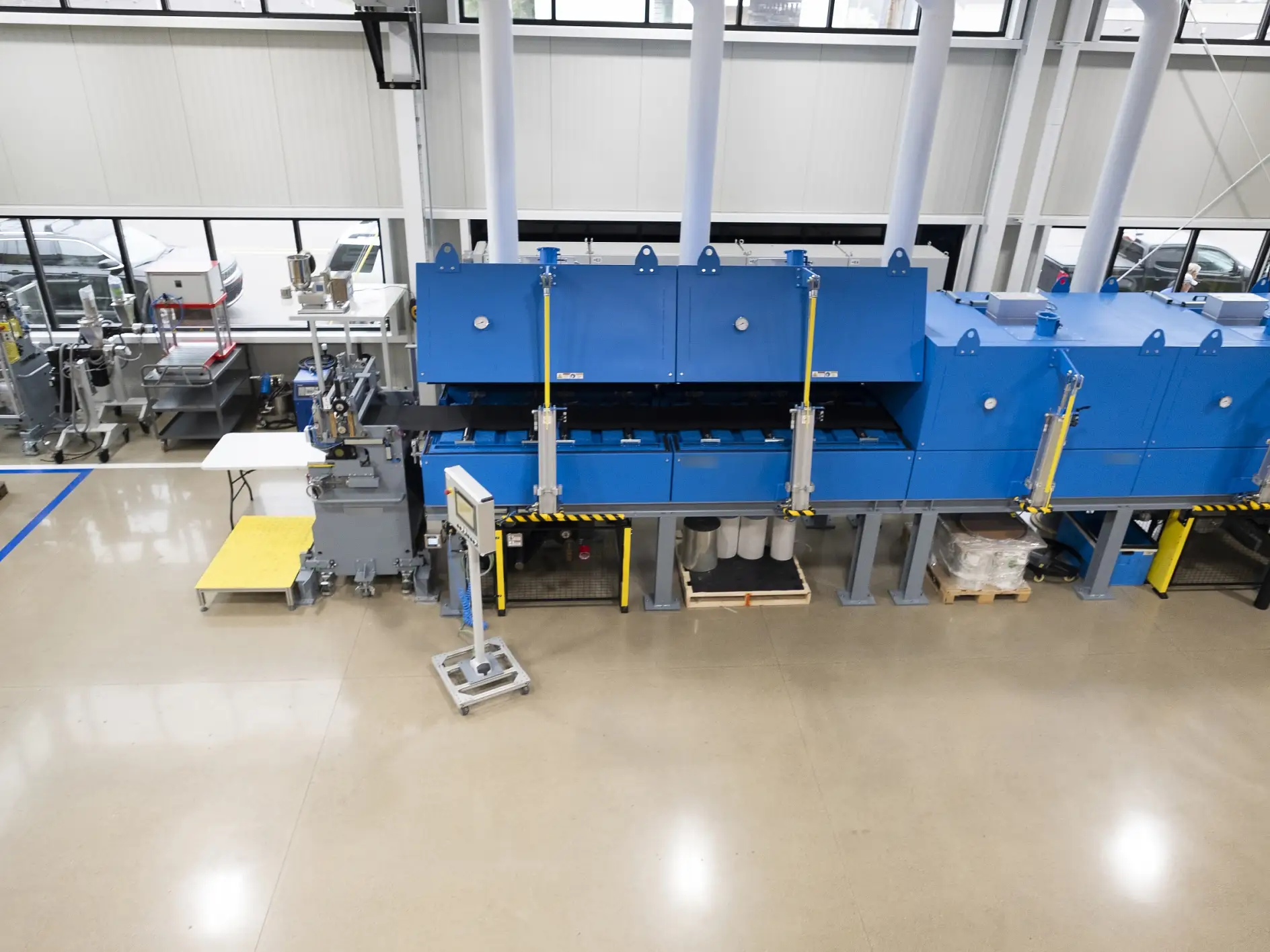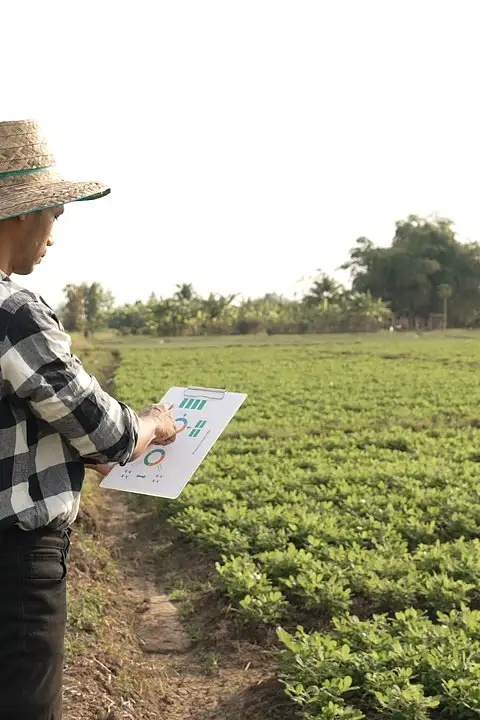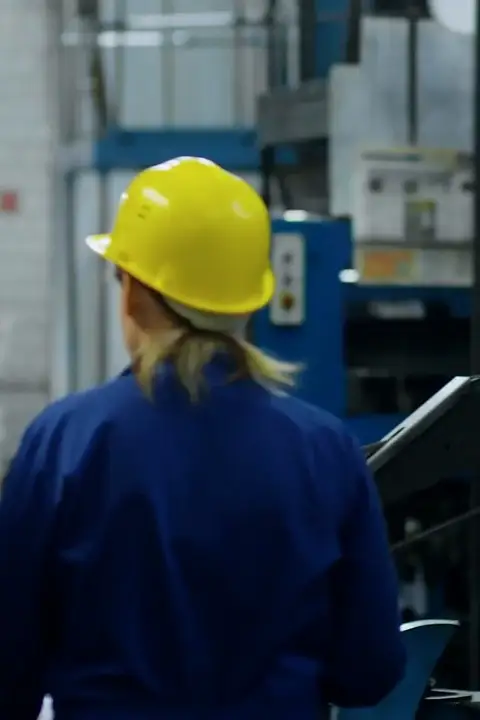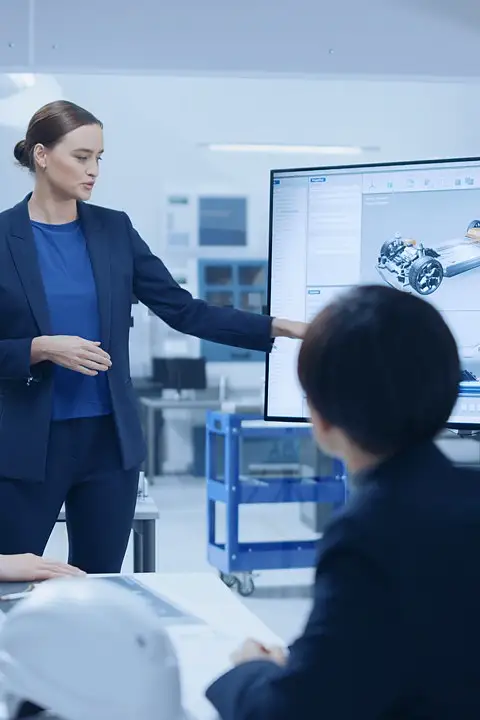With a total area of 16,000 m2, the Sparta site is now six times larger than when it was founded over 40 years ago. Most recently, the technology and production laboratory was expanded by 2,500 m2 to a total of 10,000 m2, and a Customer Solution Center was built to develop customized solutions with North American customers.
"Through these expansion measures, we are closer to our customers and can significantly increase production capacity," says plant manager Armin Hagenloch. "At the same time, we are reducing our CO₂ emissions by 38%. The special properties of tesa® SFX technology demonstrate the potential of innovation, especially when it comes to sustainability. By switching to solvent-free production and decommissioning the post-combustion system, approximately 1100 tons of CO₂ are saved annually. Paired with the many other measures, this is a significant contribution to sustainability. Each of these projects is a massive undertaking and requires extensive planning as well as regional and global teamwork."
